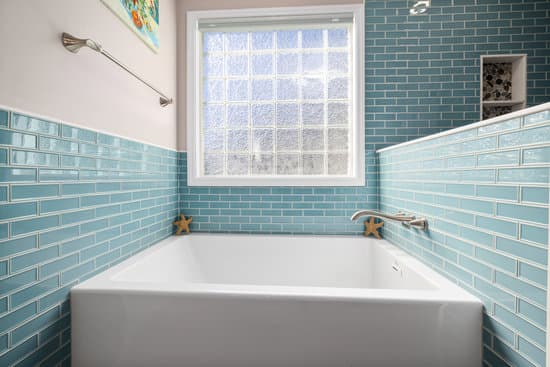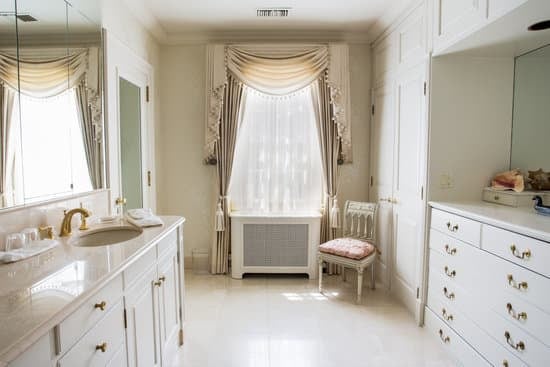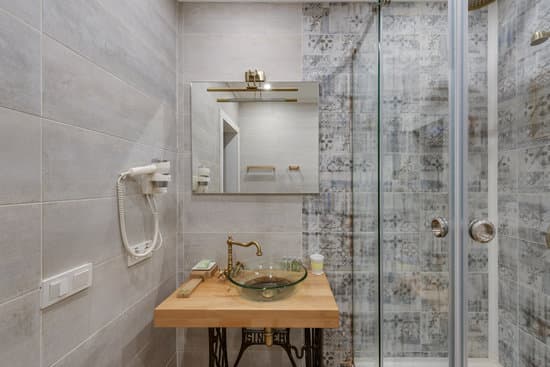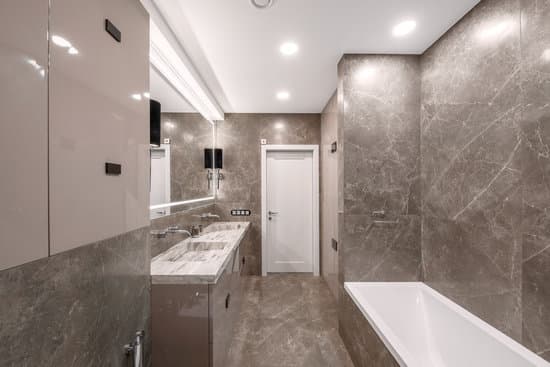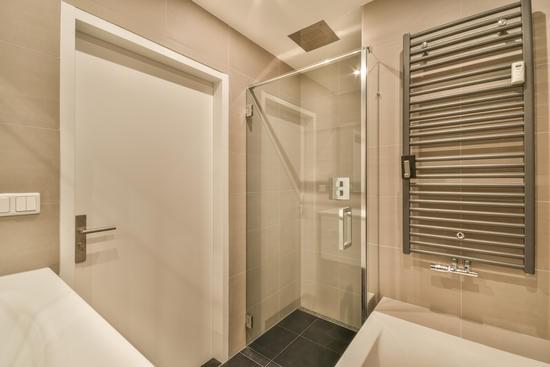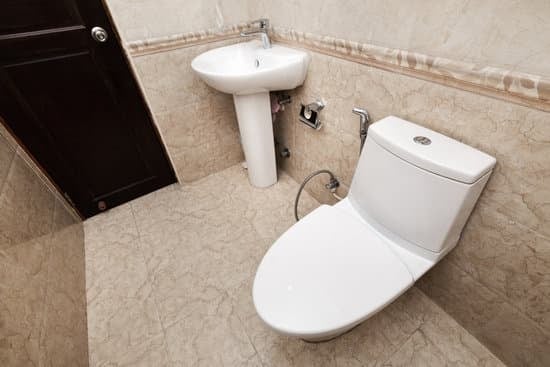Are you tired of looking at outdated or damaged bathroom tile? Don’t worry, we’ve got you covered! In this article, we’ll show you how to easily cover up your bathroom tile and give your space a fresh new look. Whether you prefer painting over the tile, using decals or stickers, applying peel and stick wallpaper, or adding a temporary backsplash, we have safe and simple solutions that will transform your bathroom in no time. Let’s get started!
Preparing the Surface for Covering
Before you can cover up bathroom tile, you’ll need to prepare the surface. Safety is key, so take the time to repair any cracks in the tiles. Start by removing old grout using a grout saw or a utility knife. Be sure to wear safety goggles and gloves to protect yourself from any loose debris. Carefully scrape away the old grout, making sure not to damage the surrounding tiles. Once all the old grout is removed, thoroughly clean the area with a mild cleaner and water solution. This will ensure that your new covering adheres properly to the surface. Allow the area to dry completely before moving on to applying your chosen covering material. Taking these steps will help create a smooth and secure base for your new bathroom tile cover-up.
Painting Over the Tile
To start, you could consider giving the tile a fresh look by painting it. This is a great option for those looking for covering alternatives or tile refinishing. Here are three steps to follow to ensure a safe and successful paint job:
- Clean the tile thoroughly: Use a mild detergent and warm water to remove any dirt, grease, or grime from the surface. Make sure to dry it completely before moving on.
- Prime the tile: Apply a high-quality primer specifically designed for tiles. This will help the paint adhere better and ensure long-lasting results.
- Paint the tile: Choose a durable paint suitable for bathroom use. Apply thin, even coats with a brush or roller, allowing each coat to dry completely before applying the next.
By following these steps, you can easily transform your bathroom tiles into a fresh and updated look while saving money on costly replacements.
Installing Tile Decals or Stickers
If you’re looking for a quick and easy way to update the appearance of your bathroom tiles, try installing tile decals or stickers. This is a safe option that allows you to change the look of your tiles without the hassle of removing them or painting over them. When applying ceramic decals, make sure to clean your tiles thoroughly and remove any dirt or grease. It’s important to choose the right tile stickers that are waterproof and durable, so they can withstand moisture and frequent cleaning. Look for high-quality options that have adhesive backing for easy application. Consider the design and color scheme of your bathroom when choosing the decals, as they should complement your overall decor. With these simple steps, you can easily transform your bathroom tiles with minimal effort and cost.
Using Peel and Stick Wallpaper
When using peel and stick wallpaper, you can easily update the appearance of your bathroom walls without the need for professional installation. This is a great alternative option for covering up bathroom tiles. Peel and stick wallpaper comes in a wide variety of styles and patterns, allowing you to choose one that suits your personal taste and complements your bathroom decor. It is important to note that when applying peel and stick wallpaper, you should ensure that the walls are clean and dry before starting. Additionally, if you decide to remove the wallpaper in the future, it can be done by gently peeling it off without causing any damage to the underlying surface. This makes peel and stick wallpaper a safe and convenient choice for giving your bathroom a fresh new look.
Adding a Temporary Backsplash
Consider adding a temporary backsplash to your bathroom for a quick and easy way to update the look of your walls. When it comes to safety, removing old tile can be a bit tricky. To avoid any mishaps, make sure to wear protective gloves and goggles while working. Start by carefully removing the grout using a grout saw or utility knife. Once the grout is removed, use a putty knife or pry bar to gently pry off the old tiles. Be cautious not to damage the underlying wall surface. After removing the old tile, you can now apply adhesive tiles as your temporary backsplash. These adhesive tiles are easy to install and come in various designs and patterns, allowing you to customize your bathroom according to your style preferences. Remember, safety first when updating your bathroom!
Conclusion
In conclusion, covering up bathroom tile can be a simple and cost-effective way to give your bathroom a fresh new look. Whether you choose to paint over the tile, install tile decals or stickers, use peel and stick wallpaper, or add a temporary backsplash, there are plenty of options available to suit your style and budget. With some preparation and creativity, you can easily transform your bathroom into a more modern and updated space. So go ahead and get started on your bathroom makeover today!

